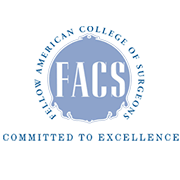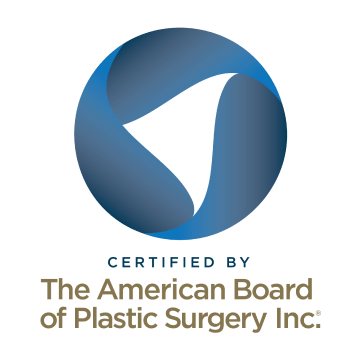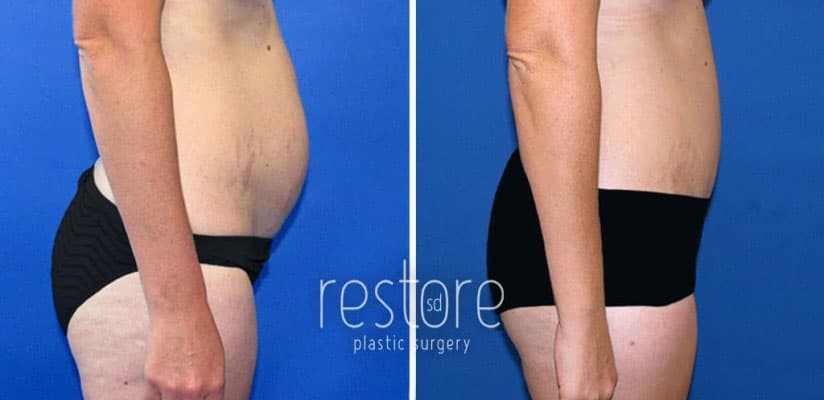Sun, Sand, and Sculpted to Perfection
It’s almost time for your most confident, self-assured summer yet! Book now to be recovered in time. Let’s do this »
San Diego Plastic Surgery Procedures
Dr. Kat Gallus offers the most advanced options to deliver exceptional results.

Breast
Dr. Gallus offers a full range of breast surgery, including breast augmentation with implants, breast augmentation with lift, breast implant removal, revision breast surgery, breast reduction, and breast lift.

Body
With expertise in body shaping including liposuction, mommy makeover, tummy tuck and Brazilian butt lift (BBL), Dr. Gallus can help you love your body.

Face
When it comes to a facelift, eyelid lift, or other facial procedure, Dr. Gallus will carefully personalize your procedure to meet your appearance goals.

Surgery for Men
Men seeking surgery in San Diego appreciate Dr. Gallus’ expertise in liposuction for men, and facial rejuvenation.

Skin
Non-surgical skin treatments and injectables diminish signs of aging with zero downtime. Options include Botox, dermal filler, microneedling, fractionated CO2 laser and IPL facial.

Begin your transformation today.

Schedule Consultation
Get the intel you need from a doctor you can trust

Receive Your Treatment
Get the right procedures, performed in a safe environment

Look at the mirror with confidence
Feel your confident best, every day
Experienced, board-certified San Diego plastic surgeon

Dr. Katerina Gallus is a talented board-certified plastic surgeon who is proud to offer aesthetic procedures in a warm and welcoming environment. At our San Diego plastic surgery practice, Restore SD Plastic Surgery, you will be surrounded by friendly staff who are here for you every step of the way.
At Restore SD Plastic Surgery, we partner with you to achieve the results of your dreams
Dr. Gallus tailors her treatment approach to respect your personal ideal of beauty, offering both traditional and modern techniques. During your San Diego plastic surgery consultation, she will educate you on a full range of options.


“I saw multiple doctors and none of them ever listened to my concerns or to how I was actually feeling. Dr. Gallus did!!!”
—A.E.
Dr. Gallus is San Diego’s trusted choice for understanding, expert care
The founder of Restore SD Plastic Surgery, Dr. Katerina Gallus previously completed a 20-year career as a Navy plastic surgeon. She deployed multiple times to provide surgical trauma support to wounded soldiers and sailors; she also trained nearly 100 Navy physicians. Dr. Gallus is board certified by the American Board of Plastic Surgery (ABPS) and is a member of The Aesthetic Society, the American Society of Plastic Surgeons (ASPS), the California Society of Plastic Surgeons (CSPS), among other professional organizations.
Meet Dr. Gallus, get an inside peek at our La Jolla plastic surgery practice, and learn why patients love Restore SD Plastic Surgery.
Dr. Gallus holds over 20 years of experience in both cosmetic and reconstructive surgery and is highly skilled in all of the procedures she offers. As a female plastic surgeon and mother, Dr. Gallus is also a down-to-earth surgeon who understands the value of empowering you to make an informed decision about your plastic surgery.
We are easy to find, just off I-5 and La Jolla Village Drive. Our office is convenient to all of La Jolla and San Diego. We are minutes away from UC San Diego, Del Mar, Carmel Valley, Sorrento Valley, University City, and North Clairemont. Click here for more information about office hours or driving directions.










